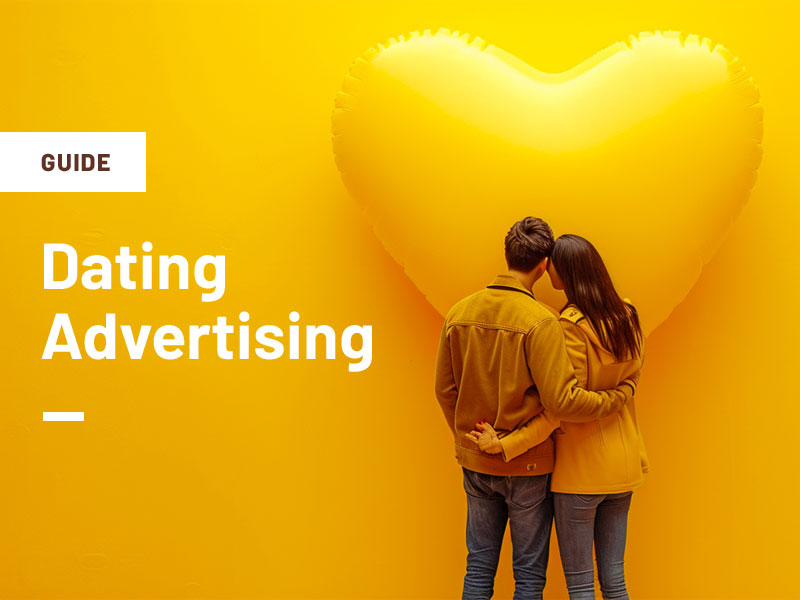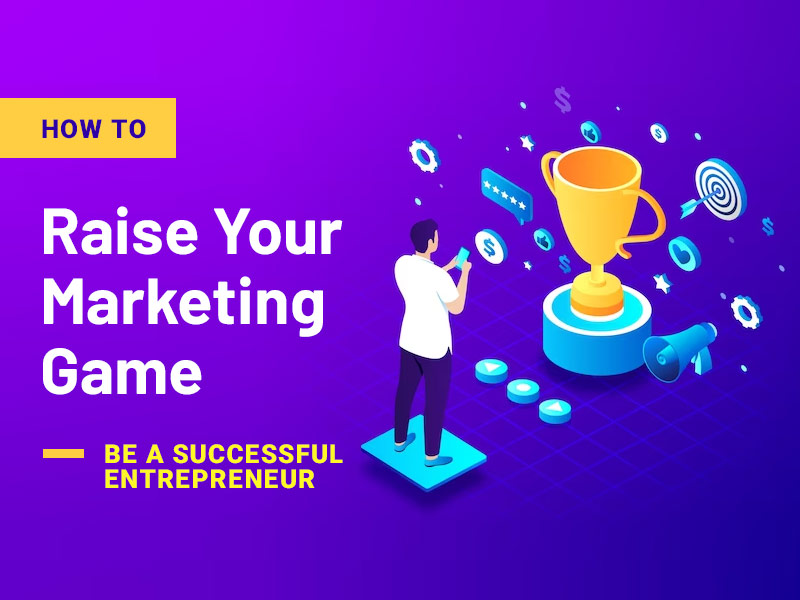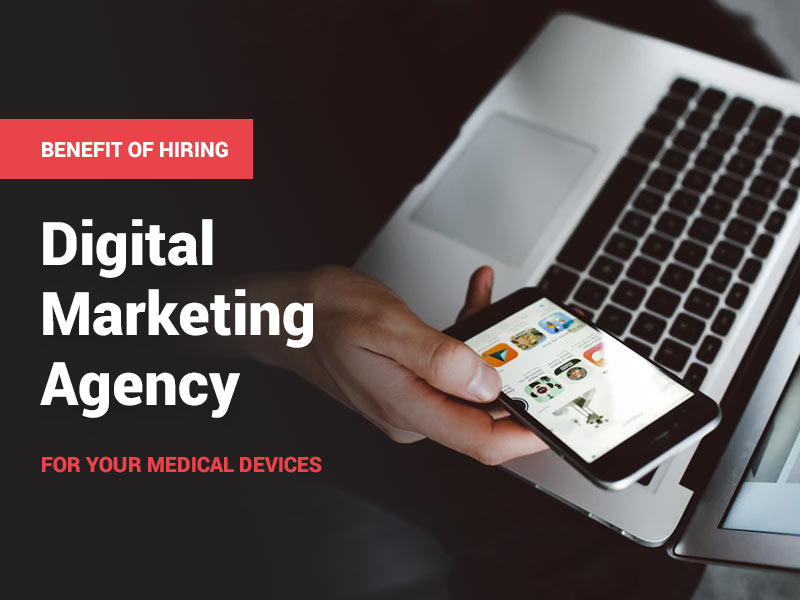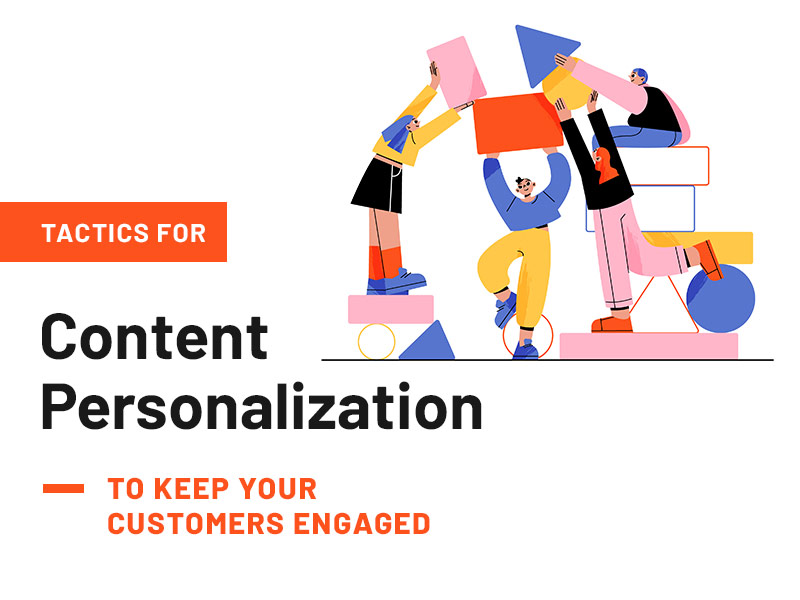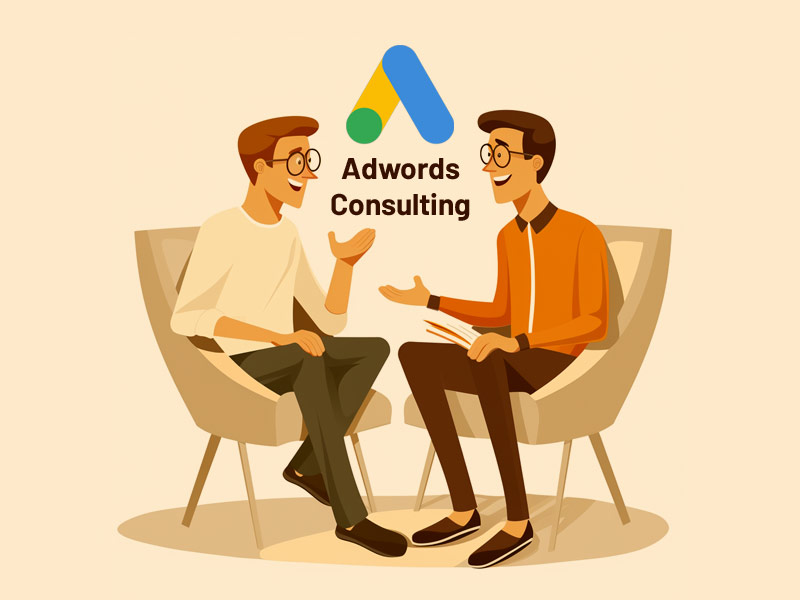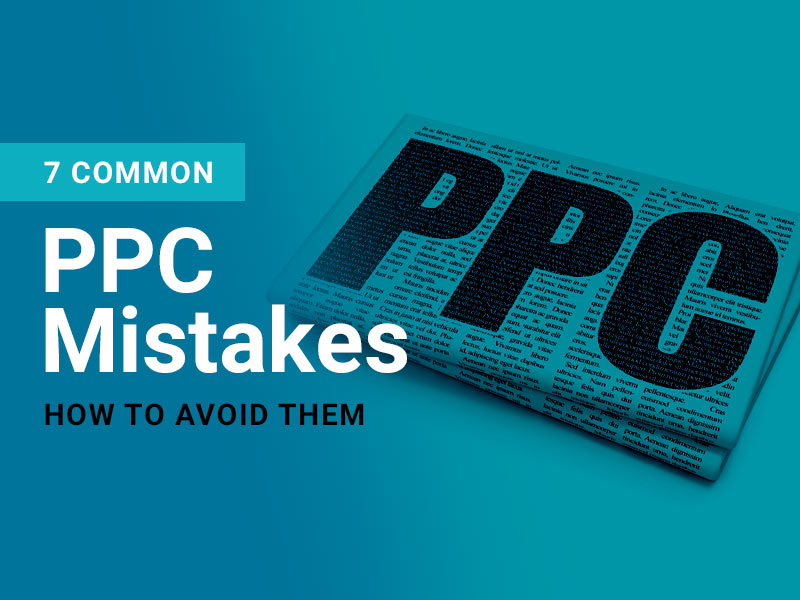The dating industry has made it easy for people who don’t get the time to step out and socialize, introverts, homebodies, and those looking for connections to broaden their dating pool. Take dating apps like Tinder, Bumble, Hinge, and eHarmony, which have brought success stories to the dating scene.
In fact, according to Statista, Bumble was the most downloaded dating app in the US in February 2024, with Tinder in second place with 618+ monthly downloads and Hinge in third place. What does this tell you? That these dating apps know what they are doing.
With this in mind, the main challenge though lies in advertisers and brands specializing in this niche effectively promoting their services and platforms to a more extensive and diverse audience. So, how do you create compelling campaigns in the dating scene, and what essential factors should you know regarding the dating advertising sector? Buckle up as we delve into all that.
Payout Models
Crafting and launching campaigns and advertisements in the dating vertical is mainly influenced by your chosen payment model. The following are the various options you can use:
- Double-Opt-In: This payment model allows you to receive conversion when a user fills out a registration form and verifies their signup through an email or link received.
- Cost per Sale & Cost per Action: This is the most common payout model. You get paid if a user buys a subscription plan (premium access) or fills out a profile on a dating app or website.
- Single-Opt-In: With this model, users need to only fill out a simple registration form and take no other action for the affiliate to receive conversion.
- Revenue Share (RevShare): Affiliates are paid a commission or a certain percentage of the revenue from the dating sites and platforms they endorse.
- Cost Per Lead: The CPL payment model is an umbrella term for Single-Opt-In and Double-Opt-in.
Types of Advertising
In the dating advertising world, various methods are used by affiliates to advertise their products and offers and gain traffic. The types of advertising used are as follows:
1. Social Media Networks
This consists of the following:
- Google Ads
According to Quora, utilizing social media networks helps advertisers reach their target audience. However, it is vital to bring to your attention that, unlike adult dating, which caters to specific interests, social networks only allow mainstream dating offers, targeting a wider audience across different demographics. This means you can create an offer specifically targeting individuals between the ages of 18 and 25 or for a specific gender.
Moreover, given the complexities of advertising on social networks, such as your account getting banned due to the use of inappropriate keywords such as “Live Hookup App” advertisers need to have a backup plan, such as having a pre-landing page or a website or using other forums that don’t have stringent advertising restrictions.
2. Email Marketing
To promote dating offers, you can send personalized newsletters, updates, recommendations, campaigns, messages, or content via email to your targeted audience. The purpose is to encourage users to log in to a dating app and platform, explore features, or participate in special offers.
Also read: 9 Email Outreach Tips to Improve Your Open Rates
3. Video Marketing
This advertising method refers to the use of videos to promote a brand, services, products, or special deals. For example, you can use tutorials, testimonials, and video ads showing the app’s features, how easy it is to match on a particular dating platform, and the success stories of couples who met on the app.
Also read: How to Drive More Sales Through Video Marketing
Alternative Sources
Advertising in the dating scene is not only conditioned to social network advertising, video marketing, and email marketing; you can also use alternatives (advertising networks that offer various ad formats):
- Native Ads: They blend well with dating websites and the surrounding content where they appear, which makes them more engaging and less intrusive. Examples of native ad formats include but are not limited to recommended content widgets, sponsored articles, and in-feed ads.
- Banners: Entailing graphics and banners are customarily shown on websites, dating apps, and social media platforms. They come in different sizes and formats (leaderboard banners). If combined with high-quality visuals and clear CTAs, banners can showcase services, a dating site’s features, special offers, or success stories, helping drive traffic to dating platforms.
- Popunders and Clickunders: These are less intrusive ads that appear behind the user’s main browser after they click a link or visit a website. They are used by dating advertisers to prompt or encourage users to sign up on a dating platform or interact with a dating site.
- Push Notifications: These are used to send direct messages to users’ smartphones and desktops, alerting them about new offers, matches, updates, messages, etc. Push notifications can be personalized according to user needs, behavior, and preferences.
Influencers
There’s power in influencer marketing. According to research, the global influencer marketing industry was worth about $21 billion at the end of 2023. Similarly, approximately 88% of marketers have tried influencer marketing. This is to say that influencer marketing is a good advertising technique, even in the dating industry.
Typically, what you do is approach influencers with a substantial following and collaborate with them to promote your dating offers. The influencers mainly endorse your products, driving brand awareness, authenticity, and conversions.
Conclusion
To thrive in the dating advertising scene, you will need to figure out which payment models work for your offers and the different methods you can utilize to advertise your dating promotions and drive traffic. Above all, prioritize offering personalized offers that give exceptional solutions, and be mindful of your target audience, ethics in the industry and creativity.
